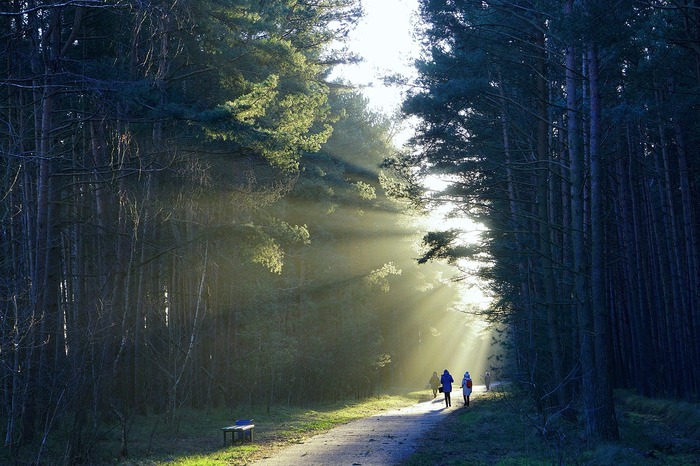Wealthier countries have an abundance of available land, but have committed the least to forest plantations
One of the best ways to reach net-zero goals is to plant and restore forests. Benefits range from greater carbon sequestration to more oxygen in the atmosphere. However, this requires a great deal of land.
Therein lies the problem. Planting and restoring forests also have negative impacts on other factors such as biodiversity, food security, water resources. And these sustainability constraints halve the land available for tree planting, according to a new paper published in Science.
This assessment of tree planting viability to meet climate targets finds that vast planted and restored forests — equivalent to India’s landmass — have the potential to store 40 gigatonnes of carbon (equivalent to 150 GtCO2) by the middle of the century, if established in suitable locations. This is about 63% of the annual carbon sink over the past decade.
The paper found that this is only half to two-thirds of previous estimates, as it takes into account the limiting sustainability constraints. The paper also found that this much of carbon sequestration only offsets a fraction of the vast fossil fuel emissions.
Disproportionate burdens
The paper found that low- and middle-income countries account for nine out of ten tree planting commitments. In other words, 90% of the area pledged for tree planting is in these regions.
For example, Africa accounts for 50% of the committed area for forest planting. Once biodiversity constraints are taken into account, Africa actually has only 4% of the globally available land for this purpose. Its commitments outstrip the available area by a factor of six.
On the other hand, Europe and the Americas have an abundance of available land, but have committed the least. While Europe accounts for 25% of the potential available area, it has committed only 13% of its available land for forest plantation, as of now, according to the paper.
“At the moment, some countries are committing much more than they should, whilst others are dragging their heels. Wealthier economies could step up both by increasing their domestic policy commitments and by committing to stronger international support — including through financing, technology transfer and carbon markets,” said corresponding author Zhanghai Qin.
Smarter planting needed
The paper found that, globally, the tree planting promises have been taken without considering the environmental and social constraints.
After these constraints are taken into account, the estimate for land carbon storage from tree planting by 2050 reduces further to 12.5 Gt C (46Gt CO2). This will bring it down to is about one-seventh to one-fifth previous estimates, but would still cover 120 Mha of land — about the size of South Africa.
South America showed the greatest potential for planting and restoring forests, especially as there are large chunks of previously cleared forest lands. Brazil alone represents one-fifth of the potentially suitable area.
Asia followed a close second, if China and India can smartly segregate which areas can be reforested.
Also, protecting forests and halting deforestation will be equally helpful, according to the paper. Halting global forest loss entirely by 2030 could avoid emissions of nearly three times as much as current tree planting commitments.
To maximise effective climate mitigation, there needs to be cooperation among countries over financing, technology transfer, carbon markets, and mechanisms like the UN Forestry and Climate Change Fund, the study concluded.
“The potential for tree planting to store carbon is absolutely enormous — but it needs to be done with care. That means deploying the land that is truly available, whilst paying attention to safeguards and sustainability constraints,” said Qin.

